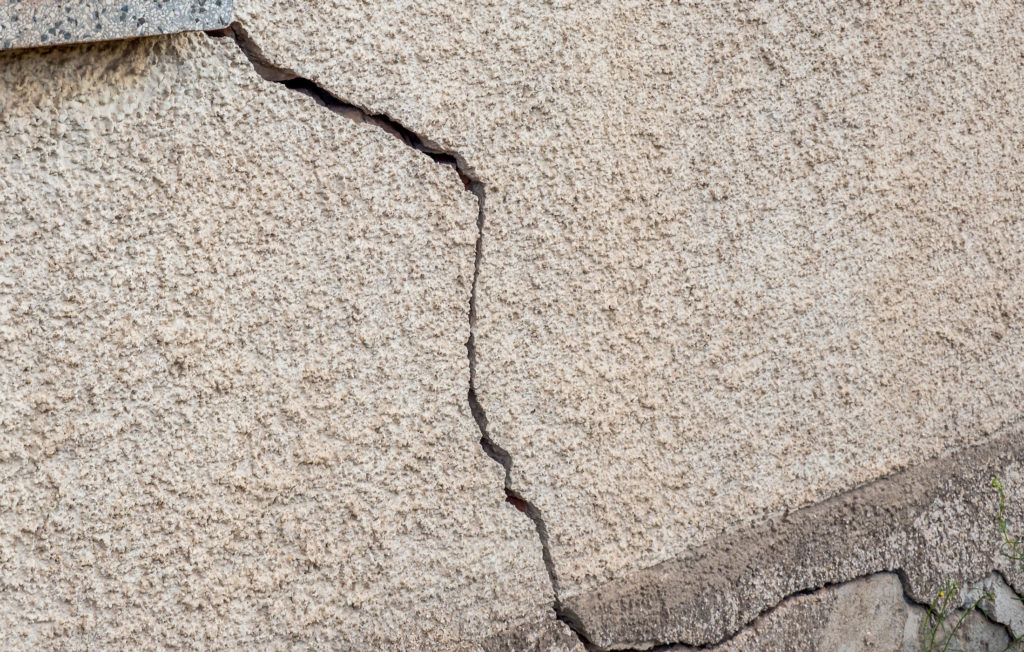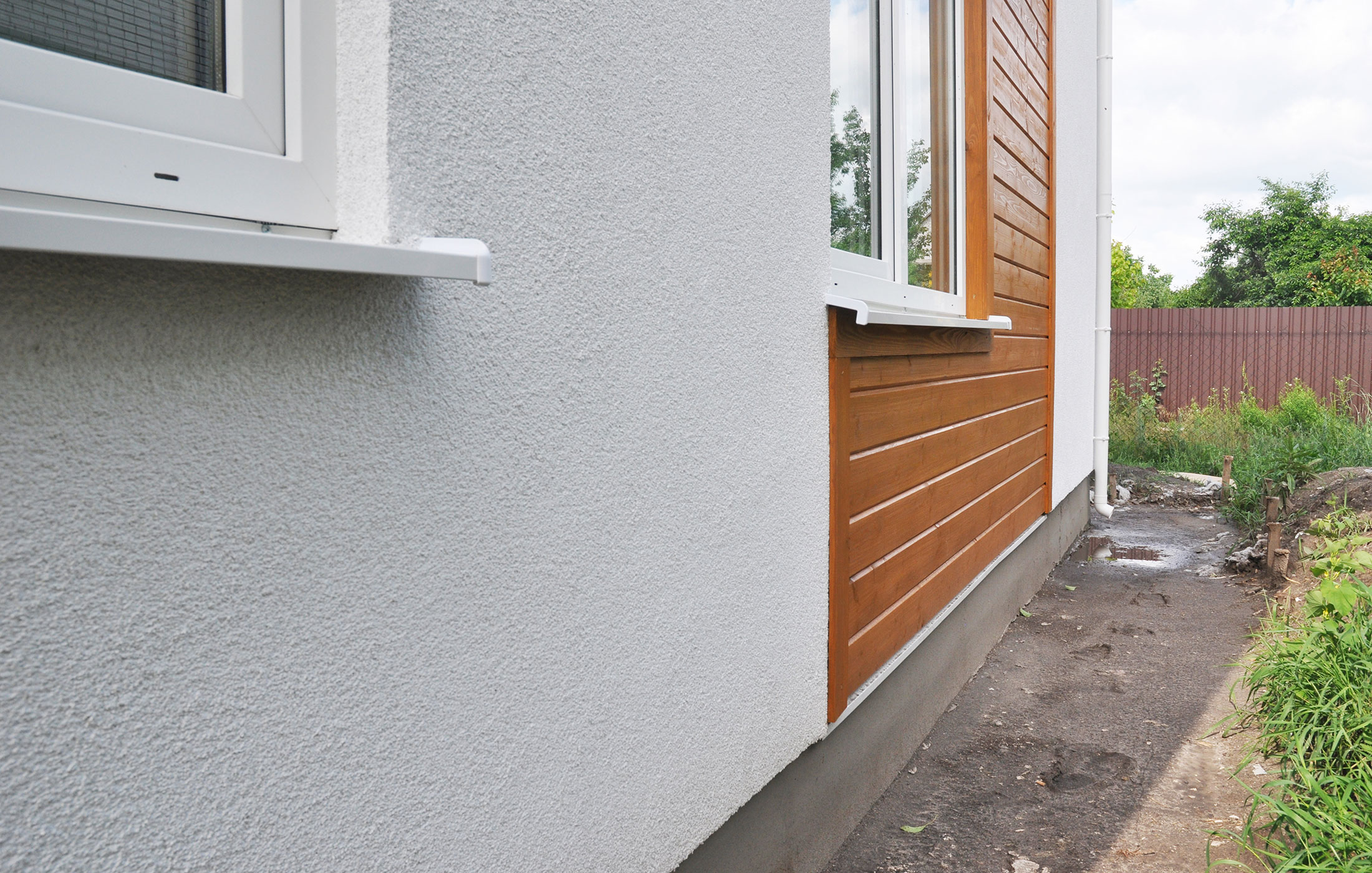Homeowners should take the time to inspect the exterior of their home on a regular basis. Regular inspections can help identify potential problems that could affect the safety and value of your home, as well as prevent costly repairs in the long run.
The first thing to inspect when looking at your home’s exterior is its foundation. Look for any signs of cracking, shifting or other damage that could indicate structural problems.

Additionally, check for water damage around windows and doors, as well as any areas where water may be pooling near the foundation.

Your roof should also be inspected regularly for signs of wear and tear such as missing shingles or loose flashing that could lead to leaks in the future. Make sure there are no broken seals around windows which could cause air leakage and energy loss from your house. Additionally, check locks on doors to make sure they are secure enough to prevent break-ins.
When inspecting siding, be sure to look out for any signs of rot or decay that could signify moisture infiltration into your walls. Also check for cracks in vinyl siding or wood rot in wooden siding which can indicate potential pest infestations or other issues with your home’s exterior that need attention before it’s too late.
Finally, inspect all windows and doors on your property to make sure they open and close properly and check for drafts coming from them that could lead to energy loss. Make sure window frames and doorframes are free from rotting wood or other damage that needs attention before it becomes a major problem down the line.
By taking these steps during an exterior inspection of your home, you can help ensure its safety and value over time by identifying potential issues before they become major problems requiring expensive repairs or replacements later down the line. It’s always better to be proactive when it comes to maintaining and protecting your investment – so don’t forget to do an occasional inspection of your exterior!

